Resorts in the Zaporizhzhya and Kherson regions under occupation
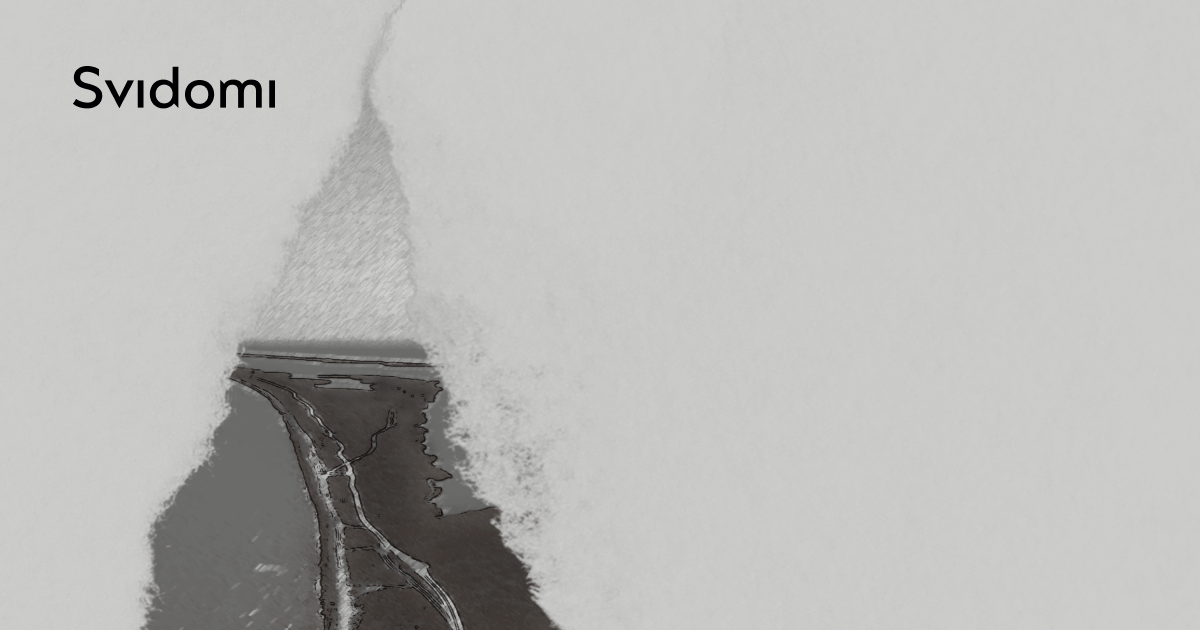
Berdiansk, Kyrylivka, Skadovsk and other cities and towns were popular resorts for those who spent their summer vacations at the Ukrainian seas every year before the Russian invasion. For the past two years, videos on social media have shown empty beaches and many closed tourist centres.
Now, the Russians and the occupation administration are restoring the south's tourist potential, attracting Russians to the area. This article describes what is happening in the tourist resorts that are under occupation.
According to our editorial policy, we do not publish links to Russian sources or resources of the temporary occupation administrations.
Pryazovia of the Zaporizhzhia region
Ihor Kotlyar, the so-called Minister of Sport and Tourism of the occupied part of the Zaporizhzhia region says that in 2024, the region expects to welcome 100,000 tourists: 50,000 in Kyrylivka, 45,000 in Berdiansk, and 5,000 in Prymorsk, located on the warm and shallow Azov Sea in the southeast of Ukraine.
On the first day of the full-scale invasion, the resort village of Kyrylivka found itself in the Russian rear, but the village head did not cooperate with the occupation "administration".
"During the interrogation, a Chechen told me the following, hinting at what would happen if Russia stayed: 'Will Kyrylivka be a resort? It will never be. Chechnya has been through two wars. And before the war, we had a resort just like yours. We also caught salmon, ate black caviar and all that. Where are we today? Now it's a village," Ivan Malieiev, the head of the village, recalled in an interview with RFE/RL's Ukrainian Service.
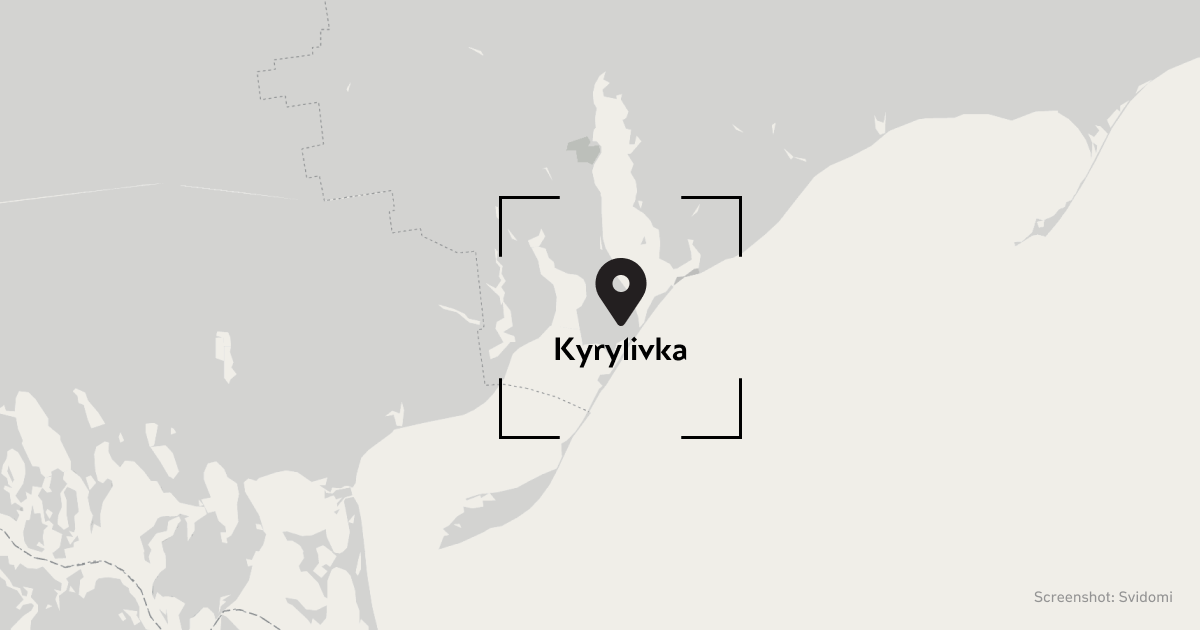
As locals jokingly write on social media, "Russkiy Mir [Russian World, the sphere of military, political, and cultural influence of Russia, usually referring to the Russian military in the occupied territories — ed.] has, so to say, ‘freed’ Kyrylivka from tourists and locals from income." In the video from 2023, there are several dozen people on the beaches, and Russian helicopters are constantly flying over the sea.
Ivan Fedorov, the Ukrainian head of the Zaporizhzhia regional military administration, says the Russians are deploying their military in the seized holiday resorts. Last year, Fedorov says, Russians occupied a third of the more than 600 resorts in Kyrylivka. Some were used to house the military, while others were looted or used for tourism.
This year, the local Telegram channels already have dozens of advertisements for renting guest houses, cottages, or recreation centres by the sea in Kyrylivka. All the prices are in Russian rubles. One channel's description reads: "No politics. With love to Kirillovka."
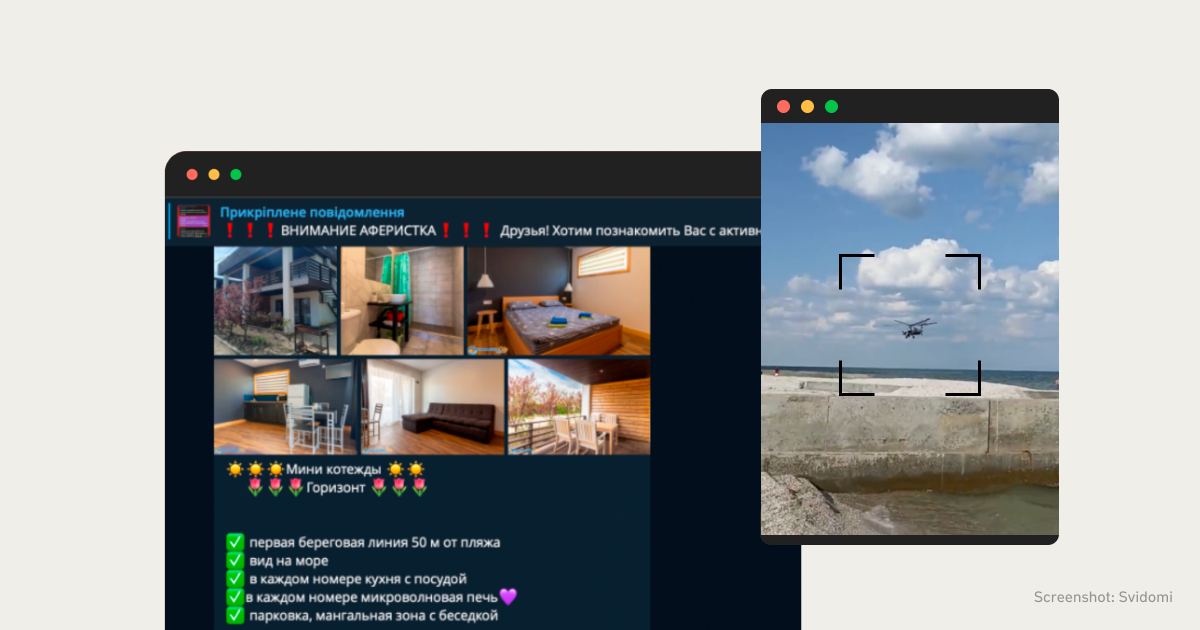
Some leisure centres are open, and the Russians have built a new road nearby. They also promise to make the resort more inclusive, adding a ramp with a direct descent to the sea and hiring a sign language interpreter.
In the Zaporizhzhia region, the occupation authorities have chosen Prymorsk as a priority for development and have drawn up a large-scale plan and a good presentation with sanatoriums, hotels and recreational areas.
Ivan Fedorov says the Russians are bringing in their citizens to implement this project, thus changing the ethnic composition of the region. He also mentions the Russians need vacationers to create a "human shield" and hide behind the backs of civilian soldiers of the Russian army who are accommodated in hotels and resorts.
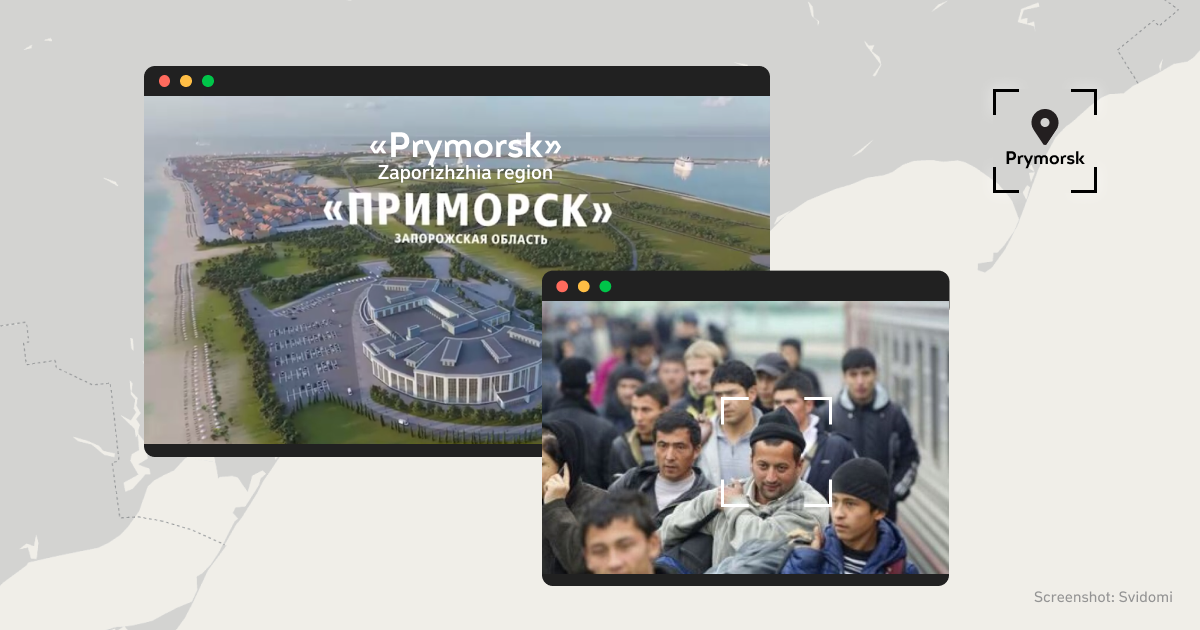
Berdiansk, which also used to be a popular resort, is seen by Russians as more of a military city important for logistics. There are no plans for mega-projects for recreation here. Prior to the full-scale invasion, the Berdiansk seaport received and shipped over 4 million tons of cargo per year.
The history of modern Berdiansk begins with the construction of the city port. The plan of Berdiansk was made by the designers of Odesa, with straight streets leading to the sea. That is why Berdiansk was often called Odesa on the Azov Sea.
According to Google searches, in 2021, Berdiansk became the most popular resort in Ukraine. The Sea of Azov is warm and shallow, and there is a railway connection to Berdiansk, which makes the city convenient for Ukrainian tourists.
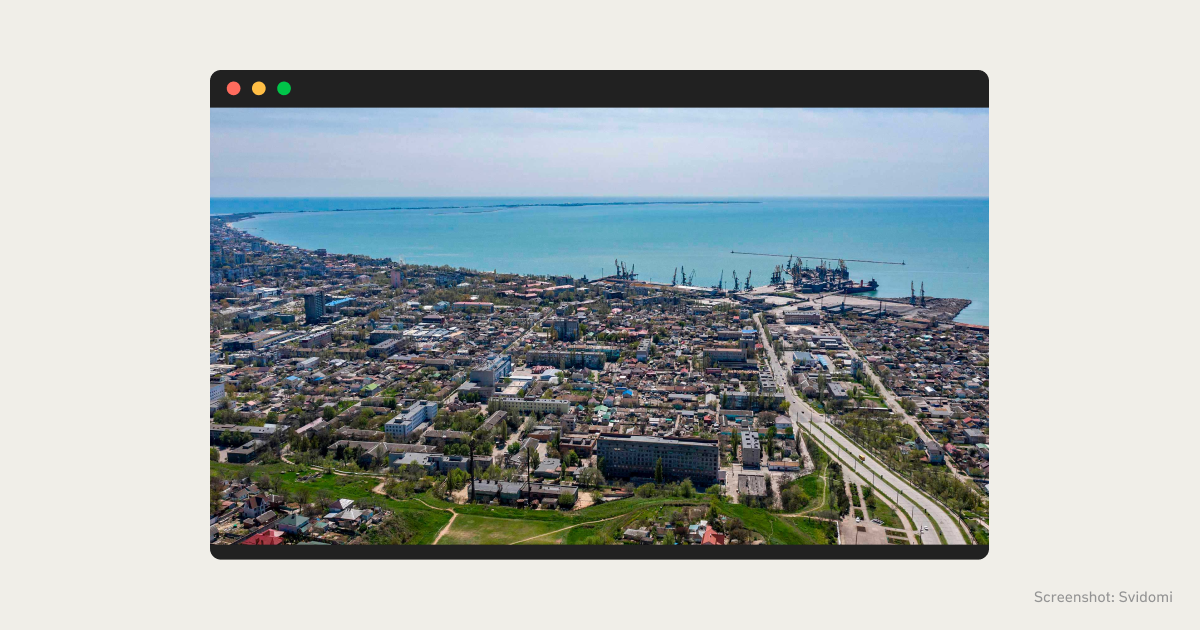
Ukrainian authorities in Berdiansk report that Russians are pressuring Berdiansk entrepreneurs to re-register their tourist facilities under Russian law. The owners of hotels and resorts will have to keep records of tourists, prepare infrastructure following "anti-terrorist" rules, and register in the Russian register of tourist facilities.
Viktor Dudukalov, deputy chairman of the Berdiansk district council, told Channel 24 that the entire coast will be militarized: military personnel, electronic warfare and air defence equipment will be deployed there.
"The resort will be for show. State employees and children will be brought there on free vouchers. That's it. There will be no independent tourists, just like last summer and the summer before that," says Dudukalov.
Resorts of the Kherson region
As early as 2022, the Russians began to plan for the revival of tourism in the Kherson region. At that time, the Ministry of Resort and Tourism Development of the Kherson region developed a concept for transforming tourism there. The first step was to bring tourist facilities into the legal framework of the Russian Federation.

By 2024, the Russians had already announced the creation of the Register of Tourist Facilities, which would collect information about hotels, campsites, museums, beaches, routes and parking lots operating in the region. As of April 2024, 53 hotels operating under Russian law were registered in the area (according to the Main Department of Statistics of the Kherson Region, in 2020, there will be 70 group accommodation facilities in the region, including both hotels and health resorts).
One of the most popular tourist towns in the region was Skadovsk. In its present form, Skadovsk began to develop also because of the construction of the port. Since there was no railroad to Skadovsk, the port did not make the city convenient for multi-ton cargo transportation. Then the owner of the port, the landowner Serhii Skadovskyi, began to study the properties of the mud and salts dissolved in the water of the Dzharylhach Bay and promoted the idea that there were useful curative natural resources here. Skadovsk began to grow as a resort.
Before the full-scale invasion, music festivals such as Chornomorski Ihry (Black Sea Games) were held here. By sea, one could get from Skadovsk to the uninhabited island of Dzharylhach, which is part of the Dzharylhach National Nature Park. And which the Russians turned into their military zone.
In 2018, Skadovsk welcomed almost 870,000 holidaymakers, which is less than in previous years. This was due to the introduction of the visa-free regime with the EU and the increased accessibility of European resorts to Ukrainians.
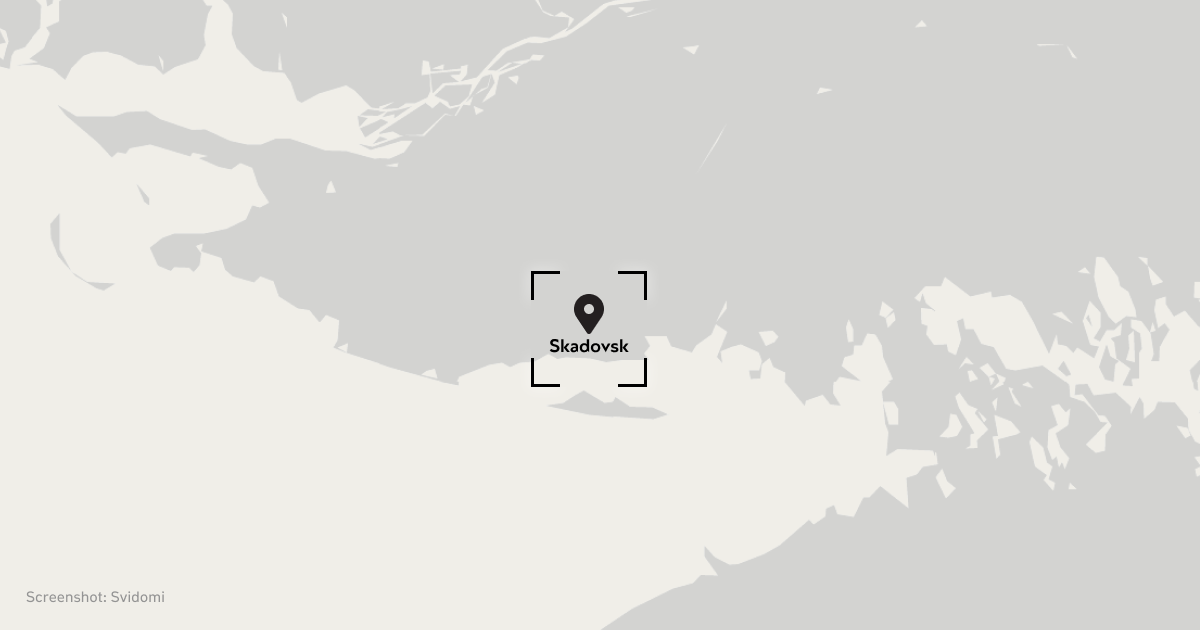
According to the Skadovsk city administration, about 60% of the population left the city after the occupation began, but people from other areas of the Kherson region came instead after the de-occupation and as a result of flooding after the Russians blew up the Kakhovka Hydroelectric Power Plant on June 6, 2023. The Russians also came "to settle down there".
The media in Skadovsk reported that recreation centres were populated by Russian military personnel or reformatted into military hospitals. The General Staff of the Ukrainian Armed Forces also said that Russians were using the port to steal Ukrainian grain.
Meanwhile, in the posts of pro-propaganda channels, local residents complain about the pollution of the beach. The so-called "Minister of Tourism of the Kherson region" Serhiy Gryshyn, talks about the "reconstruction in the full sense of the word" of the beach in Skadovsk. The first visible changes are promised for this season.
"The beaches will be cleaned according to the Russian law. When the beach area is cleared, all illegal buildings will be removed, the beach will be cleaned, sand will be removed, and infrastructure will be developed. Commercial buildings will have a single architectural form that will dramatically change the entire beach area of the Skadovsk district," says Oleksandr Dudka, head of the Skadovsk "administration".
According to the occupation administration, about 12 thousand tourists visited the Kherson region in 2023. This year, they want to attract more.
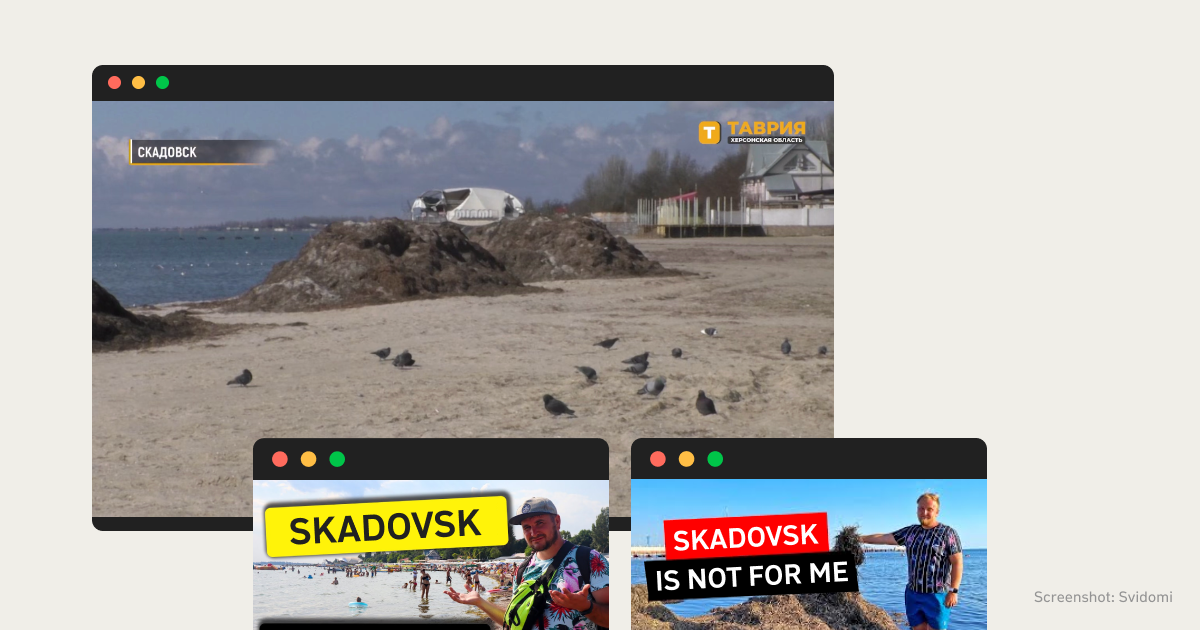
Although Henichesk, unlike Skadovsk, has a railroad, the port is not used by large vessels due to the canal's shallowing. The city was built and developed around the sea as a fishermen's town, a port city, and, during the Soviet era, a resort.
Back in April, pro-Ukrainian public channels shared videos of a devastated and dirty beach and abandoned resorts in Henichesk. Later on, Saldo [Ukrainian and Russian politician serving as the acting governor of the collaborationist annexed Kherson region in Russian-occupied Ukraine since 4 October 2022—ed.] personally came to supervise the cleaning of the local beaches.
The occupation administration is already calling the Sea of Azov "Russia's inland sea," around which they are building a railroad connection from Rostov-on-Don to Crimea [Qırım — ed.]. The railroad is to pass through Berdiansk and Henichesk. There are also plans to extend the line to Skadovsk.
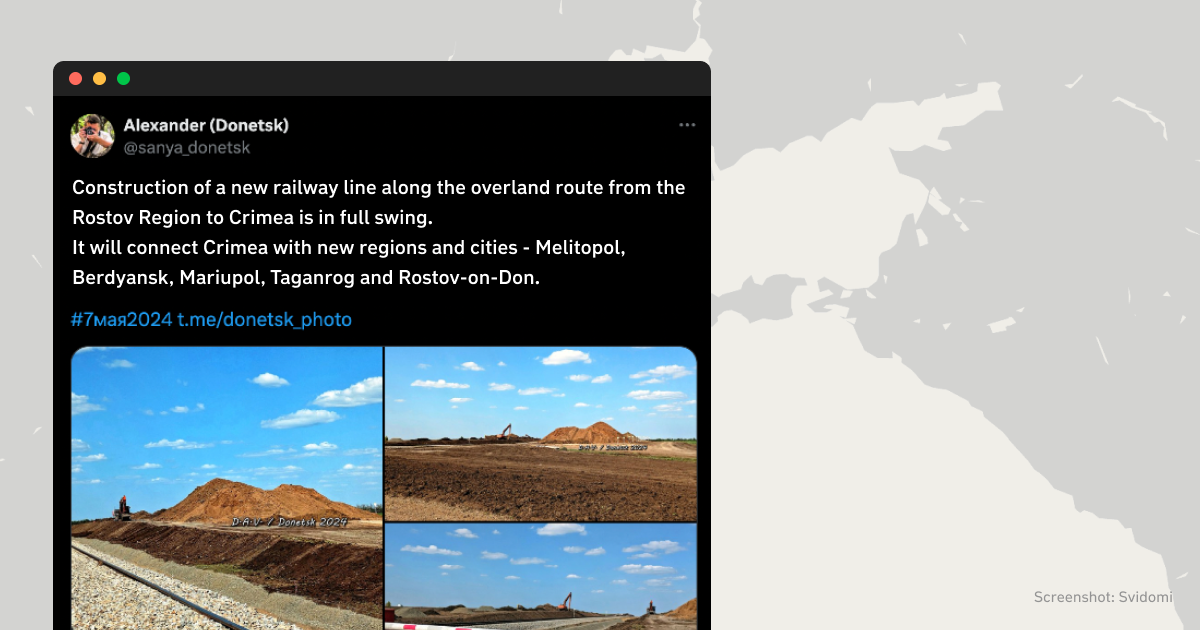
First of all, the railroad is essential for military needs and convenient logistics for the deployment of equipment and ammunition. However, the head of the occupation administration of the Kherson region, Volodymyr Saldo, also announced the launch of passenger trains and expects an influx of tourists.
During the two years of the Russian invasion, the resorts have lost a significant number of visitors and, thus, a source of income for the locals. Many tourist centres have been abandoned or seized by the Russians. So far, preparations for the holiday season are mostly limited to plans, loud statements, cleaning beaches or registering documents.


